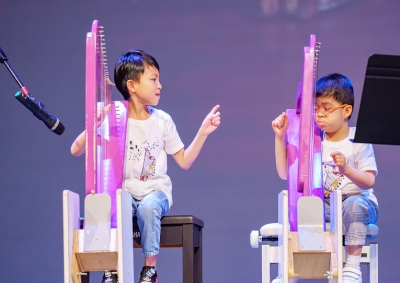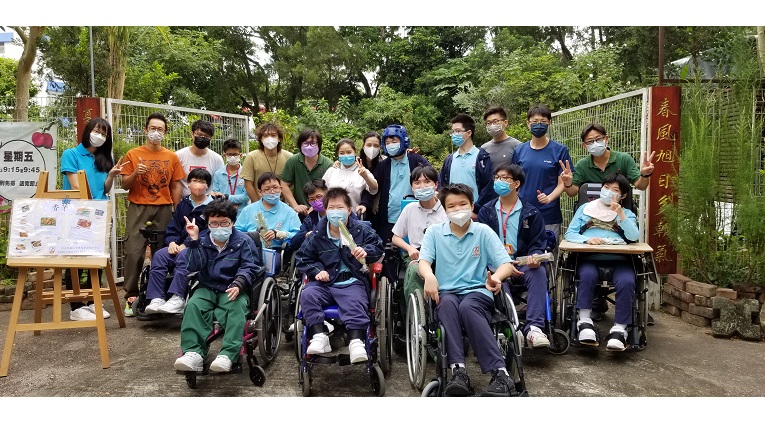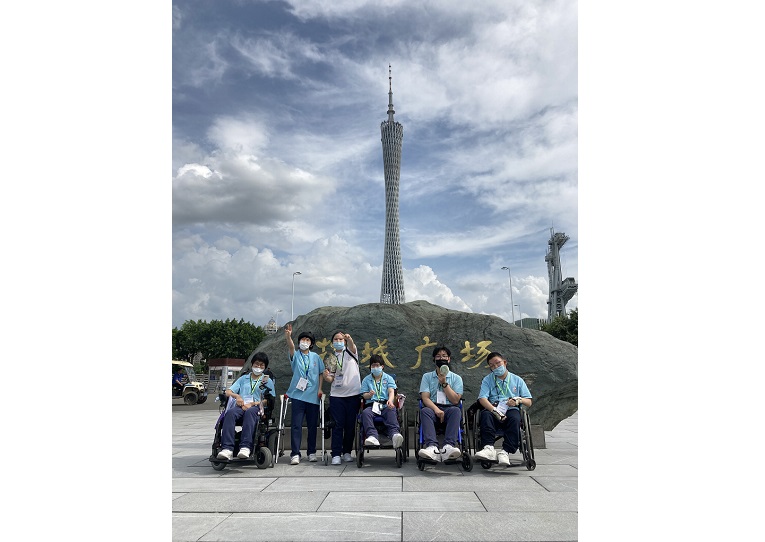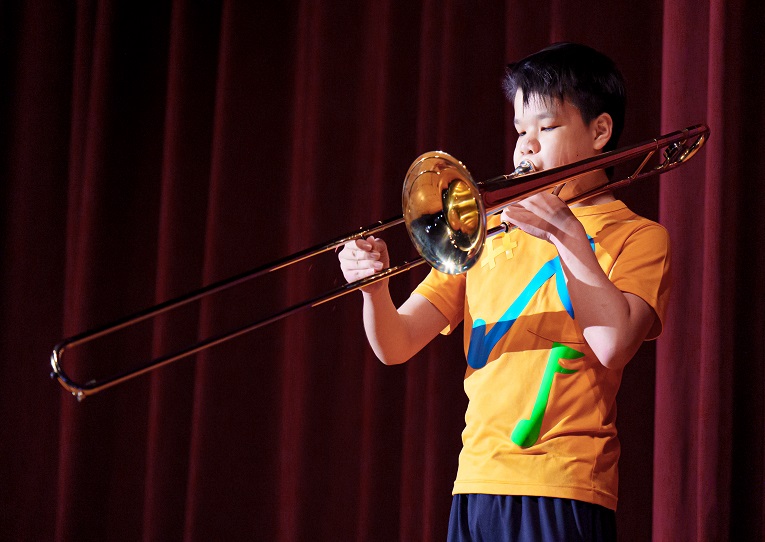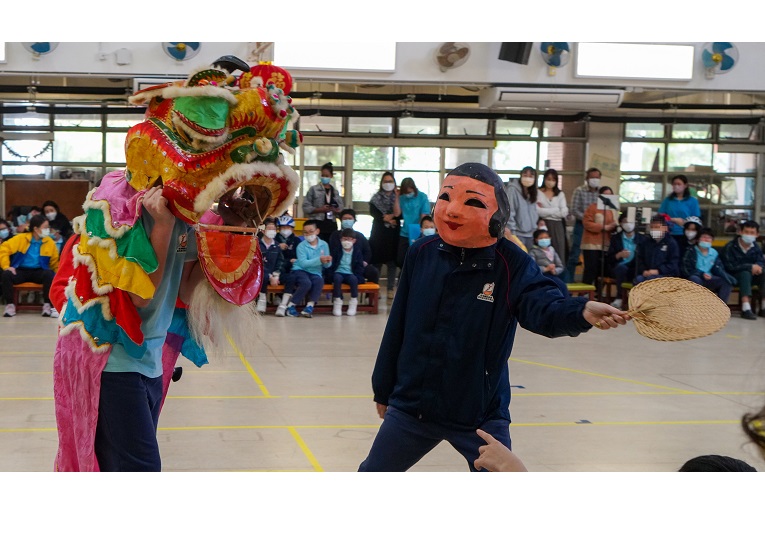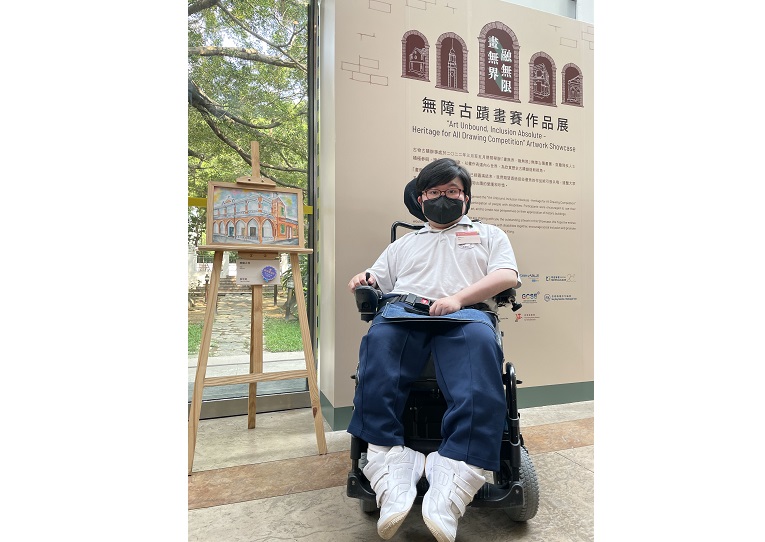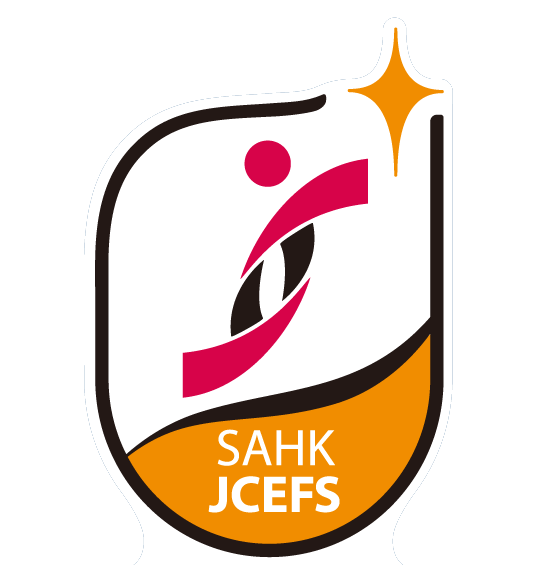
SAHK Jockey Club Elaine Field School

School for Children
with Physical Disability
(The following information is provided by the school.)
Background
The Jockey Club Elaine Field School is sponsored by SAHK and managed by the Incorporated Management Committee. The school provides primary and secondary education for students aged 6-18, with physical disabilities or multiple disabilities. The Conductive Education approach is used, which focuses on comprehensiveness, consistency, and follows through in the education process. The school’s staff of teachers, therapists, an educational psychologist, social workers, nurses, wardens and house parents unite as a “specialised professional team”. Using a trans-disciplinary collaboration with shared values, the school provides student-centered education and boarding services, and caters for the holistic needs of students.
The school adopts the “Conductive education approach” to integrate academic learning, therapy training and daily routines, to establish learning goals on individual needs, to deliver instruction and therapy using mediums of classroom, group, or one on one, and to design curriculum and teaching through teamwork. In the aspect of student support, the school provides individual, group and school-wide discipline and counselling services, as well as rehabilitation training such as physiotherapy, occupational therapy and speech therapy. It also develops students’ aptitudes and interests through interest groups, visits, services, life experience activities, performances and competitions.
Highlights
Conductive Education
The school educates students with the concept of "Conductive Education Approach" (CEA) by focusing on whole-person development, integration of education and rehabilitation, and by inducing active learning and focusing on student needs. CEA has four learning characteristics:
- To achieve "Integrated learning", the school adopts a trans-disciplinary model to integrate education and therapy;
- Every period of "Daily routine" is an opportunity for learning and training to maximise learning effectiveness;
- "Authentic learning" based on daily living and integration into the community, allows learning through practice;
- To encourage "Autonomous learning", the school designs various strategies and methods according to individual needs, so that students can learn independently and actively.
Life Planning Curriculum
The school’s life planning curriculum is mainly based on the three goals of "improving self-confidence, responsibility and planning for the future". It incorporates the seven elements of “Values education” and “Positive education” to design a systematic life planning for students from Primary to Secondary education. From the four major areas of "Learning to care, contributing to society", "Learning to respect, reflecting on life", "Learning to understand responsibility, understanding the truth", "Learning perseverance, dare to try", teaching and learning are set to achieve the goal of career education, to let students grow, to break through their own limitations, and to show their potential.
Diversified Teaching Modes
The school develops different teaching modes in response to the learning needs of students by adopting a "multi-modal teaching methodology" aimed at "optimising the whole class teaching, activating group activities and strengthening individual learning"; an "Inquiry-based learning" that is student-led and inspiring to students' thinking mindset; coupled with information technology as the basis to enhance self-learning, so as to cultivate students' inquisitive spirit, to broaden students' learning experience, and to improve students' self-learning ability.
